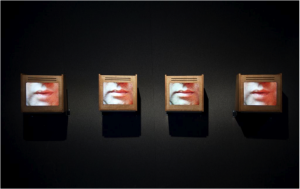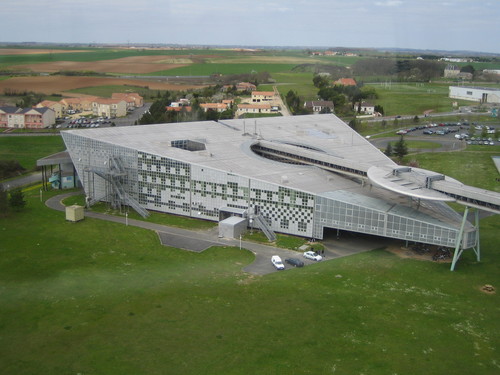BASES |
BASIS |
BASES |
| Puis-je avoir 5 tickets de train pour Madrid? | ¿Puedo tener 5 billetes de tren para Madrid? | May i have 5 train tickets heading to Madrid? |
| Combien ça coûte? | ¿Cuánto cuesta? | How much is it? |
| Tu me cherches? | ¿Me buscas? | Looking for me? |
LE TELEPHONE |
EL TELEFONO |
THE PHONE |
| Bonjour | Hola | Hello |
| Au revoir | Adiós | Goodbye |
| Je voudrais parler à | Quisiera hablar a | I’d like to talk to … |
| Puis-je rappeler + tard? | ¿ Puedo llamar más tarde? | May I call you back later? |
| Je ne comprend pas | No entiendo | I don’t understand |
A LA MAISON |
EN CASA |
AT HOME |
| Voici un petit cadeau | He aquí un regalito | Here’s a little present! |
| Où est la salle de bains? | ¿Donde está el baño? | Where’s the bathroom? |
| Où sont les toilettes? | ¿Dónde están los servicios? | Where’s the bathroom? |
| Où est ma chambre? | ¿Dónde está mi habitación | Where’s my room? |
| J’ai bien dormi | He dormido bien | I slept well |
| C’est très bon | Es riquísimo | It tastes very good |
| Je dois me réveiller à .. | Tengo que despertarme a las | I must wake up at … |
| Demain nous partons à 7H | Mañana salimos a las siete | Tomorrow, we’re leaving at 7. |
| Demain nous revenons à 6h |
Mañana volvemos a las seis |
Tomorrow, we’re coming back at 6. |
| Puis-je vous aider? |
Puedo ayudar a ti? |
May I help you? |
| J’ai mal à la tête | Me duele la cabeza | I have a headache |
| J’ai mal au cœur | Me mareo | I’ve got a heartache |
LA TABLE |
LA MESA |
WHILE EATING |
| Le repas | La comida | Meal |
| Le petit déjeuner | El desayuno | Breakfast |
| Le déjeuner | El almuerzo (la comida) | Lunch |
| Le goûter | La merienda | Food break |
| Les fruits | Las frutas | Fruits |
| Les biscuits | Las galletas | Biscuits |
| EN VILLE | EN LA CUIDAD | IN THE CITY |
| Où est le commissariat? | ¿ Dónde está la comisaría? | Where’s the police center? |
| Je suis perdu (e) |
Estoy perdido (a) |
I’m lost! |
| Voici mon adresse |
He aquí mi dirección |
Here’s my adress |
| Je m’appelle… | Me llamo… | My name is … |
LES EXCUSES |
LAS DISCULPAS | EXCUSES |
| Ce n’est pas grave |
No pasa nada |
Don’t worry about it |
| Ça ne fait rien | No importa | It doesn’t matter |
| Ce sont des choses qui arrivent | Son cosas que pasan | Things happen! |
| Excusez-moi | Discúlpeme | Excuse me |
| Pardon | Perdón | Sorry |
| Ça peut arriver |
Eso puede pasar |
It can happen |
| Je suis désolé (e) | Lo siento | I’m sorry |
(Lysandre)



